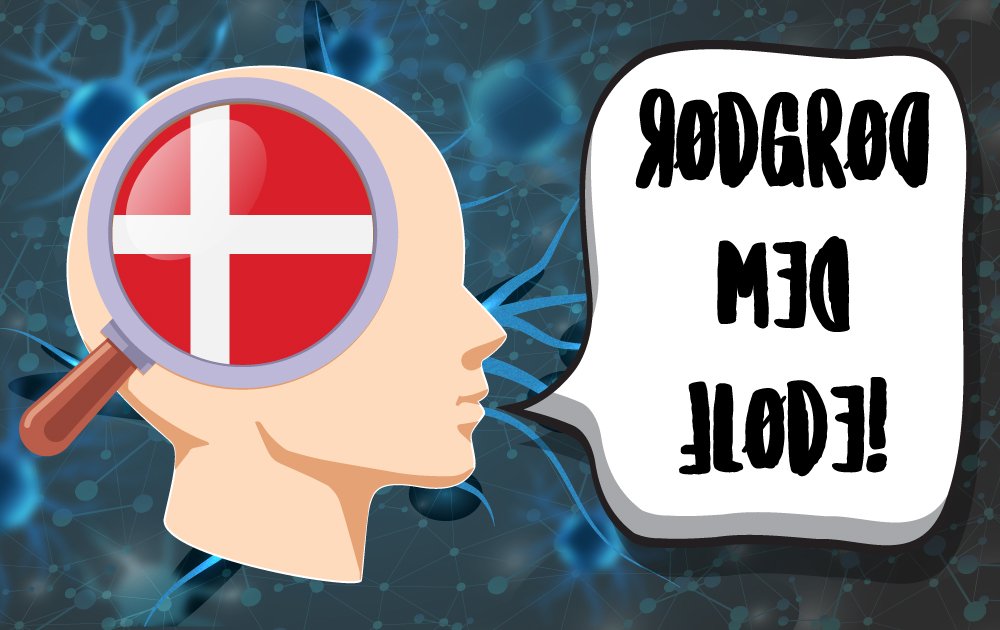
DAG question for #CausalInference and #epitwitter tweeps: TL;DR: How do we use DAGs in typical pharmacosurveillance scenarios, when the entities of interest are unobserved? A thread 1/ 

We are interested in whether the administration of a drug is causing an increase in the probability of an adverse event (thus, an adverse drug reaction), vs. there not being any causal relation. 2/ 



However, the data we have access to are the spontaneous reports of practitioners and patients, about the co-occurrence of drug & event. So, drug & event are unobserved variables, only the report of their co-occurrence is reported. 3/ 



Note that not all instances of co-occurrence will give rise to a report (people might just not know how to report or not bother to do so). Note that the base rates of drug administration and adverse events do affect the probability of a report of their co-occurrence. 4/
Therefore, we cannot take reports at face value (even if there were no biases in reporting, which ofc is not the case). Therefore, pharmaco-surveillance uses additional information: we have other reports in which the drug and the event appear independently from each other. 5/
The drug can be reported to be associated with other adverse events (event y). The adverse event of interest can be reported to be associated with other drugs (drug y). (for simplicity here all non-focal drug-event associations are represented as causal) 6/ 



This allows us to calculate a ROR, a reporting odds ratio, i.e. whether the event happens more frequently in presence of the drug, compared to in presence of all the other drugs in the dataset. 7/ 



This is a complex scenario, beyond the usual 1 outcome 1 exposure, and we are a bit unsure as to whether including the ROR node is the right move. For example, a common bias in the field is the indication bias: both drug and event are caused by the underlying medical condition.8/
In this case, we want to condition on the condition, to make sure the use of the drug increases chances of the event both with the condition and without. However, it’s non-trivial how to derive this from the DAG. Is there lit on these cases that we missed? comments/suggestions? 



• • •
Missing some Tweet in this thread? You can try to
force a refresh











